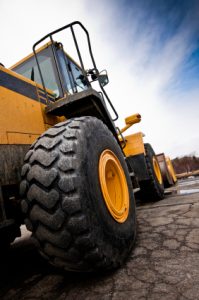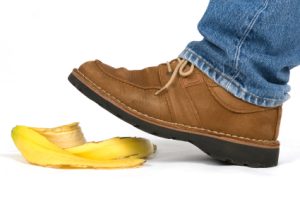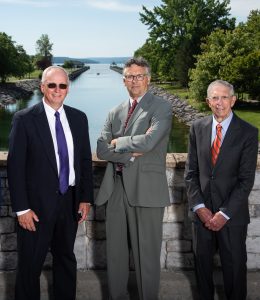This Syracuse New York personal injury lawyer loves to travel all over the world. I find other cultures and places fascinating. Last year I went to Japan. And this year it was Egypt, Jordan and Israel. (Just got back last week). See some pics I took above.
When I travel, because of what I do for a living, I can’t help noticing how other societies organize and structure their safety rules. I’m always on the lookout for dangerous conditions and am impressed when I see really safe practices. For example, in Japan I was impressed how pedestrians would wait for their light to turn green even when there was no motor vehicle anywhere near the intersection. I went right ahead and crossed if there was nothing coming. Made no sense to me to wait. The Japanese must have thought I was just another crazed foreigner. The Japanese seem obsessed with safety, cleanliness and rule-following. That’s probably one reason they live longer than any other people on the planet. Their average life expectancy is over 83 years. Ours is only 78.
Egypt was another story. I spent a few days in Cairo, a ramshackle city of 22,000,0000 people. It’s a fascinating place with thousands of years of history. The people are friendly, the food delicious and the sites incredible. But safety? Not a lot of emphasis on that. For example, there are almost no rules for crossing the street. I walked all over Cairo, and rarely did I see a crosswalk (and even then, motorists paid no attention to them). So how do you cross a street in Cairo? When in Rome, do as the Romans do. Here is a video I took of my wife, Alejandra, and I braving a stream of Cairene motorists:
 Central New York Injury Lawyer Blog
Central New York Injury Lawyer Blog




